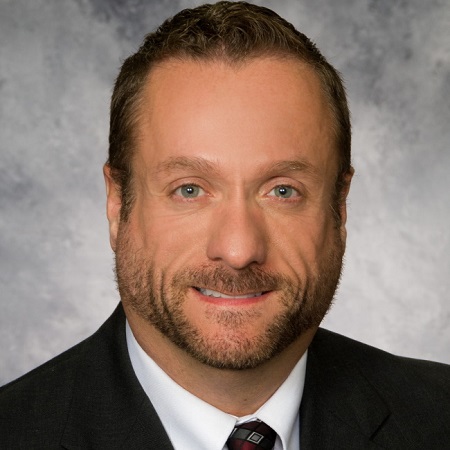3 Takeaways From Case of Motorist Hit by Burglary Suspect Fleeing Police
- May 9, 2016 | By Neil D. Schor | Public Sector | Contact the Author

Another dimension of municipal liability is in the spotlight with the Ohio Supreme Court's recent decision to hear the case of a motorist in the Dayton area hit by a car driven by a burglary suspect being chased by police officers, causing her serious injuries.
The motorist claims in a lawsuit that officers were reckless or acted in a wanton manner so as to remove the immunity protection available to the police officers under state law. The police officers argue for adherence to precedent requiring “extreme or outrageous” conduct of officers in such situations to establish liability.
The Supreme Court heard arguments on February 9, 2016 and its decision could have implications for law enforcement officers throughout the state.
Here are three key takeaways from the case, Pamela Argabrite v. Jim Meer, et. al., Ohio Supreme Court Case No.: 2015-0348.
The “extreme and outrageous” threshold that has protected police from liability may be in jeopardy.
For at least 25 years, courts in Ohio have ruled that for police officers in circumstances where third parties are injured by persons fleeing from the police, the police and their government employers are clear of liability for injuries so long as officers avoid conduct that is “extreme and outrageous.”
This threshold has been challenged by lawyers for the injured motorist in Dayton and was criticized by a dissenting judge in the Second District Court of Appeals because the standard is deemed to be too high as a result of adherence to proximate causation precedent rather than following Ohio's applicable statutory immunity provision.
Despite compelling counter-arguments that lowering the threshold restricting officer attempts to arrest fleeing suspects would have a “chilling effect” on law enforcement efforts to pursue criminals, it may not be safe for the municipalities to rely on that threshold to absolve their officers from liability if the lower threshold from the immunity provision under state law is imposed.
That is, officer actions during the chase that are not “extreme” or “outrageous” but lead to injuries to a third party may still generate liability under a wanton or reckless standard. This is one reason why the Argabritecase is so important.
A police department needs policies that spell out how officers must act during chase situations.
Even if the “extreme and outrageous” threshold is upheld, municipal leaders need to understand that a lack of police policy in chase situations, or the articulation of a clear policy, could impact a liability in a situation like the one in Dayton.
Injured third parties could contend, for example, that a lack of clear policy contributed to injuries sustained in such an accident.
Having a definitive policy for these types of circumstances could assist in refuting the argument that, if a policy was in place but not followed, the deviation from the policy is somehow a proximate cause of the particular accident at issue.
Training and compliance around police chase policies is very important.
As was contended in Argabrite, an alleged deviation from policy could be characterized as “extreme and outrageous” conduct if it is demonstrated that a non-compliance was based on improper or poor training techniques for both supervisors and the officers themselves.
The municipality may open itself up to additional liability where proper training is not conducted or is not well documented so as to enhance the ability of injured individuals to achieve proximate causation on the higher standard if in fact it remains as the law of Ohio.
Whether the Supreme Court ultimately imposes the lower standard of wanton or reckless conduct or the higher standard of “extreme and outrageous” conduct for injuries to third persons caused by fleeing suspects, police and their municipal employers must act in accordance with the best practices and training available under policies designed to protect not only officers but also the public and in particular third parties who may be injured in the circumstances similar to the Argabrite case.
__________________
Neil D. Schor is an attorney with Harrington, Hoppe & Mitchell. He can be reached at nschor@hhmlaw.com or (330) 744-1111.

